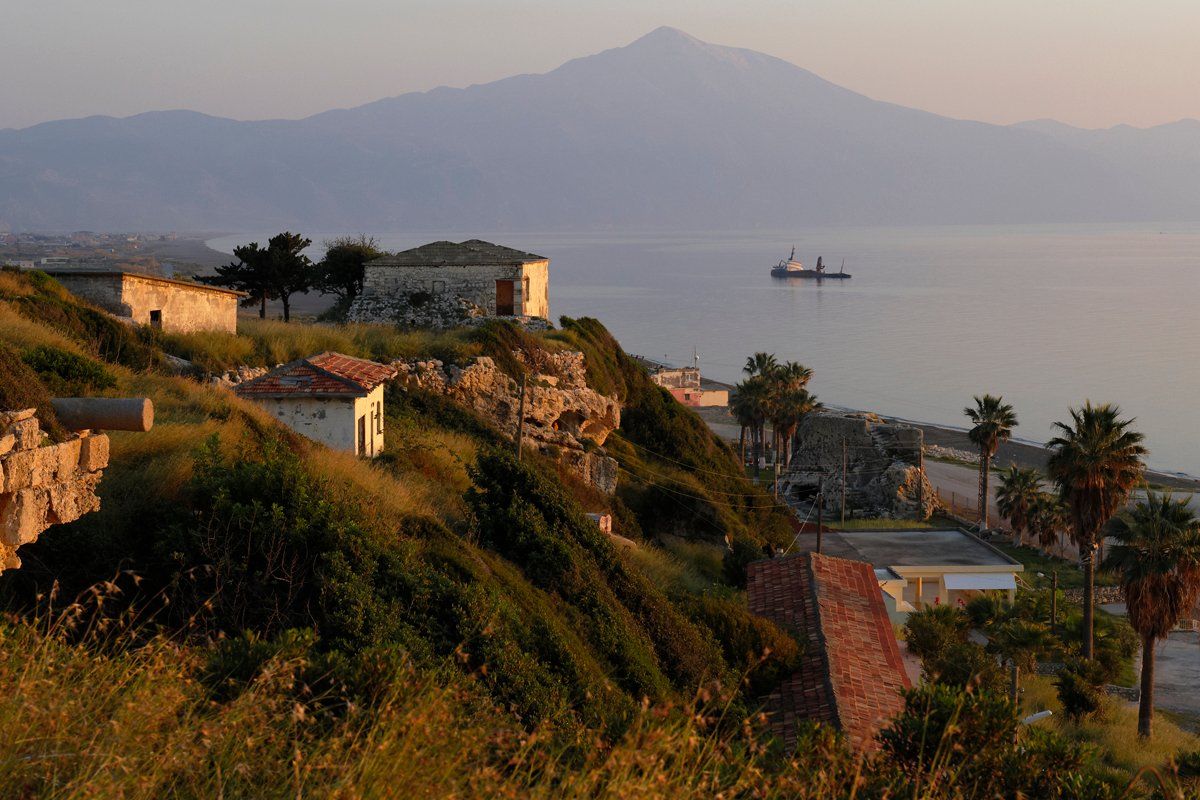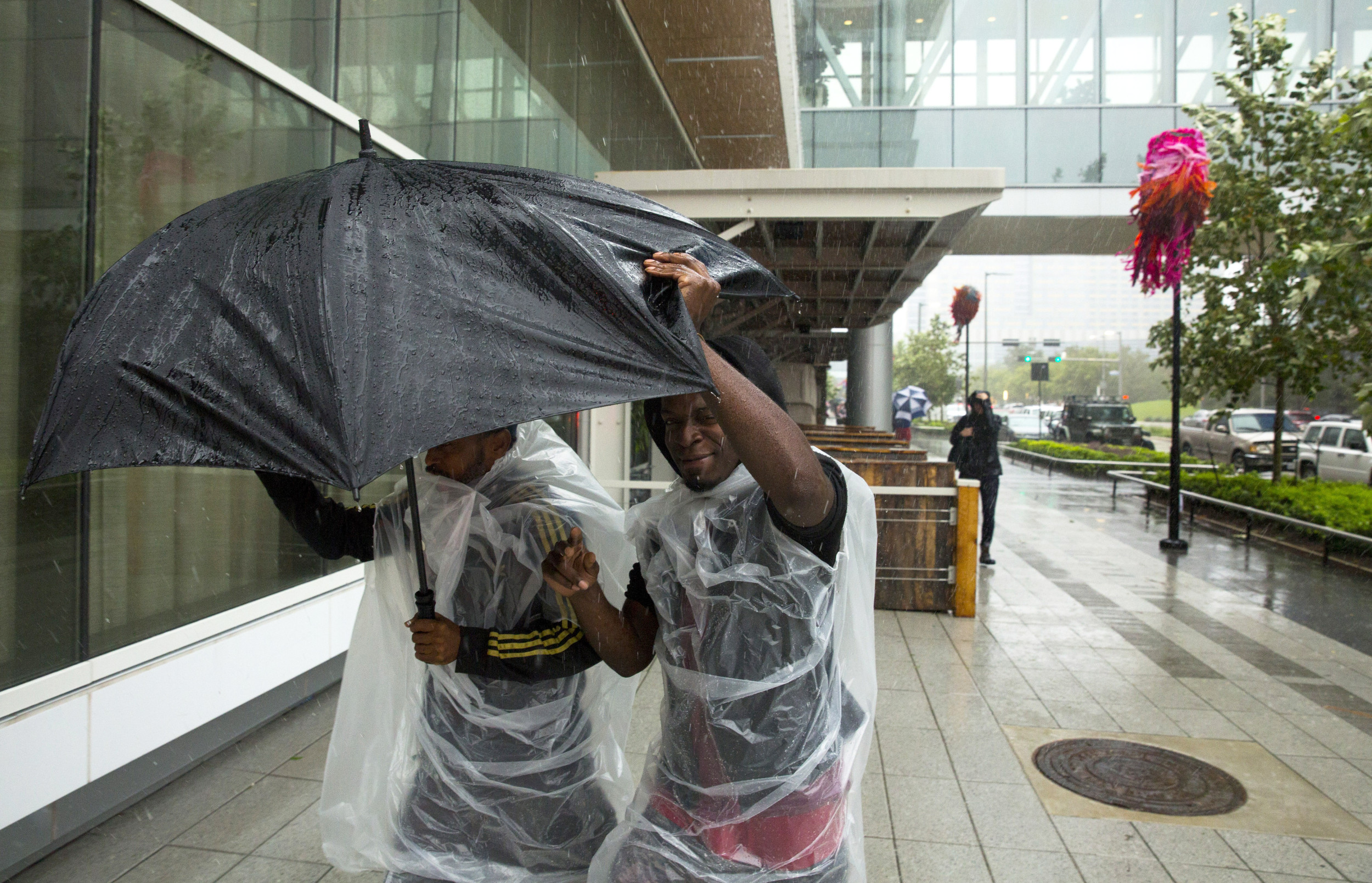
For souls in torment, your helpful guidebook might say, there's no better destination than the holy sites of Turkey's Hatay province. I rediscovered the area's sacred legacy on a recent visit to the frontier between Turkey and Syria, some 35 years after I had lived briefly in Hatay as a boy mesmerized by the dreamy sensation of ancient time. My physician father roamed the hospitals of the province, a tendril of Turkish territory that juts into Syria along the Mediterranean. During his work trips, he often took me to see mysterious ruins.
I remember clambering above the seaside town of Samandag to a monastery niched in the hills. It's still there, a Gothic enigma. Eons ago, the walls housed anchorite monks who followed Simeon Stylites—the Christian ascetic who shook the world in the fifth century by withdrawing from it, finally living in saintly austerity atop a pillar for 39 years. I shouted for an echo in the hills, and my father rebuked me with annoyance. As Wordsworth once said of a similar moment, "grateful for that admonishment, I hushed my voice, composed my gait," and listened: time itself, embedded in ruins and landscape, felt like a protective force, a kind of invisible parent. From then on, and rather unknowingly—as the effects did not surface for some decades—I became, in the poet Seamus Heaney's words, "one of the venerators," a believer in ancient sanctity.
This past June, I returned to Hatay to report on the border-crossing stories of refugees fleeing war-torn Syria. I stayed with other colleagues at a hotel in the little town of Harbiye, about six kilometers from Antioch en route to the mountainous border. Antioch is the provincial capital, famous for its spicy approach to Turkish food, for founding the earliest Christian churches, for the river Orontes threading like a ganglion of history along its length. Modern Antiochenes surprise visitors with their relaxed and mild secularism—no women in black veils here; lots of flesh and shapely clothing and fraternizing between the sexes.
In antiquity, the area had a reputation thanks to a cult of loose mores centered on a location in Harbiye, just below our hotel—a complex of waterfalls amid laurel trees. Originally called Daphne, now rather touristically called Apollo's Tears, the place's mysterious tingling power can still be felt there today. Cascades shower down beside charming cafés with chairs around, and even in, the water. In legend, this is the original spot where Apollo caught up with the evasive nymph Daphne. As he tried to hold her, she turned into a tree, and the god spent a chunk of eternity tending her health, keeping her imperviously evergreen. Not the most cheerful myth, yet the ancients came here in droves to improve their health.
My local friend and contact, Reshid Kuseiri, precisely embodies Hatay's oddly Occidental style. An octogenarian sporting a bow tie and walking stick, whose family has large landholdings going back centuries, Kuseiri studied agriculture at Oklahoma State University in the 1950s. He later introduced the first tractors to Hatay. His family stretches back a thousand years as directors of a mystical healing sect, originally from Central Asia. In 1500, they had settled their medical foundation in the Hatay hills. Pilgrims of all faiths came there—Kuseiri told me he had recurrently witnessed miracles. He wasn't headed there any time soon, but he could take me to the first rock-church of the disciples Saint Peter and Saint Paul, a mere half hour from Antioch. That seemed like a good start.
The cave is hewn out of white limestone rock, six meters high inside, with a solid rectangle of stone as an altar. After Jesus died, Paul came to this area to foster the earliest Christians, and Peter preached in the cave. The congregation carved narrow tunnels high up to the rock face, where they could watch for the approach of persecuting Roman soldiers. Other tunnels served as escape routes. Down in a corner baptismal cave, water dripped into a rock basin with a tin bowl. We were alone but for a couple with a child. Kuseiri urged me to take a sip of holy water. I stood by the altar and prayed inwardly for an unwell friend back home. As we left, a bus full of Korean tourists arrived.
Some days later, driving back down from the Syrian border with two Italian journalists, I noticed a sign for the village of Senköy, the home of Kuseiri's healing sect. All such Muslim religious suborders—even the Dervishes for a while—were closed down by Mustafa Kemal Atatürk during the 1920s, in the first flush of Turkey's post-Ottoman secularist zeal. But the Sheik Ahmet Reshid turbe ("holy tomb"), named after Kuseiri's ancestor, operated secretly into the 1980s, and now does so openly, healing and serving pilgrims. Beside a small historic mosque, amid a hauntingly beautiful village of roseate stone lit by late-evening light, the turbe looked like a little chapel in the Tuscan hills. Inside, green velvet covered the rhomboid wooden tombs of generations of healers. A few supplicant families lay sleeping in twos and threes in corners. In a clean, bare side chamber sat older ladies smiling. One told me to put my finger in the hole of a gourd-shaped stone and lift it, then make a wish. I did so. And prayed quietly.
Kaylan, a journalist in New York, covers culture for The Wall Street Journal.
Uncommon Knowledge
Newsweek is committed to challenging conventional wisdom and finding connections in the search for common ground.
Newsweek is committed to challenging conventional wisdom and finding connections in the search for common ground.
About the writer
To read how Newsweek uses AI as a newsroom tool, Click here.








